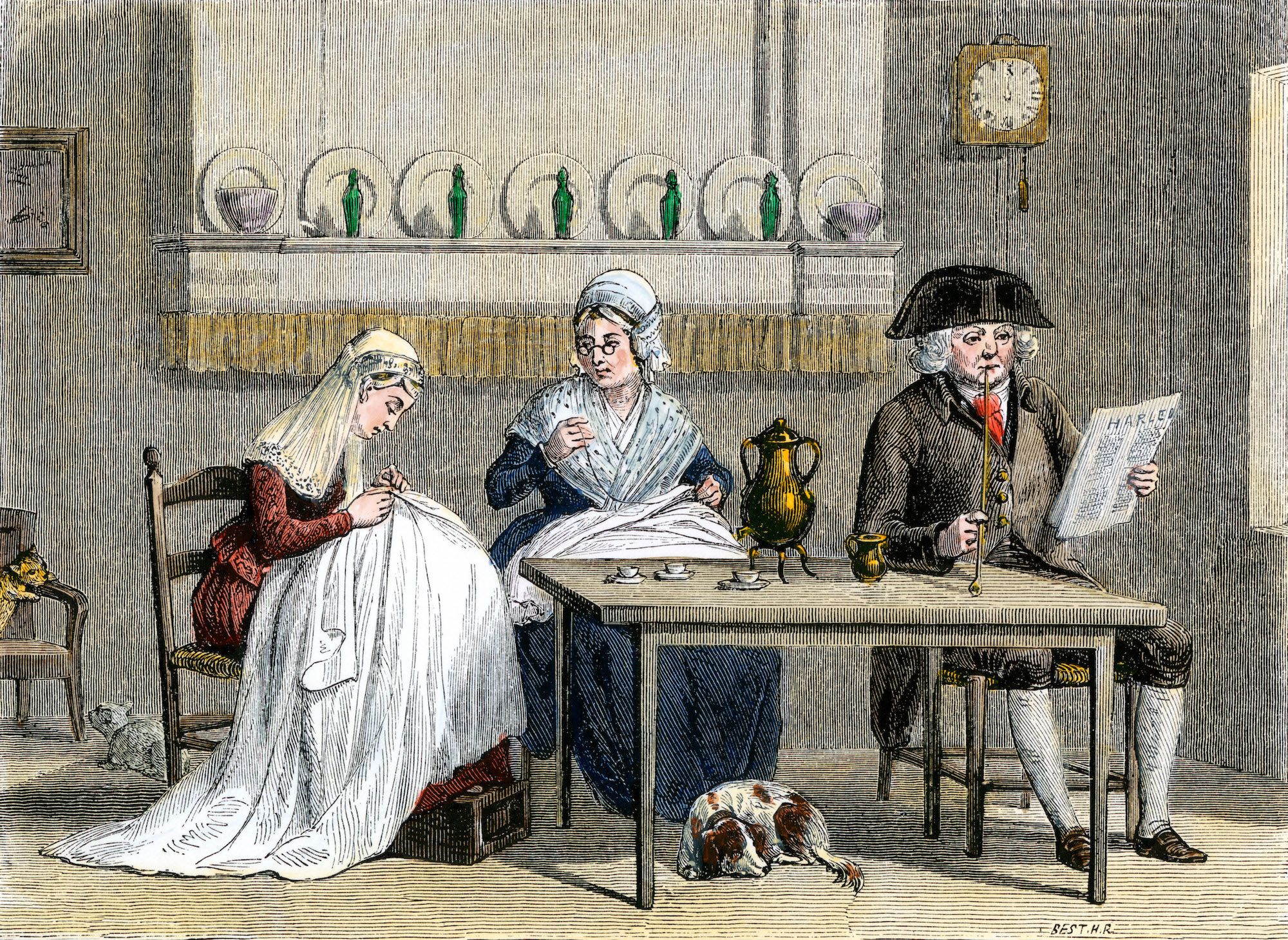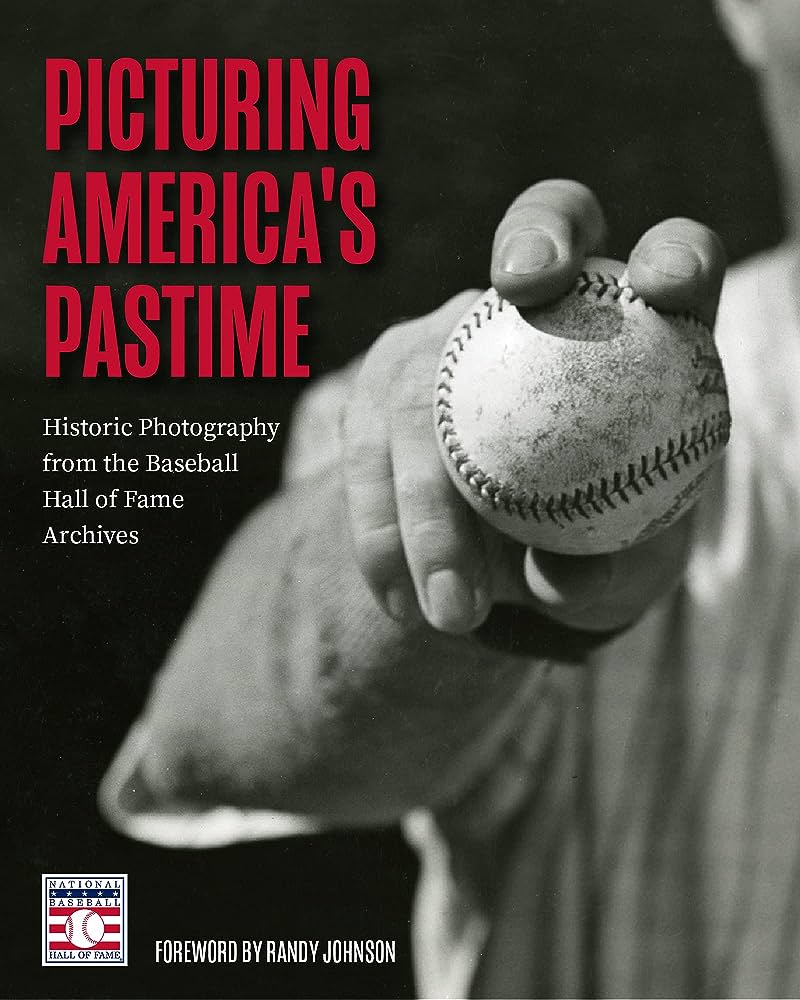Welcome to “19th Century,” a blog dedicated to exploring the fascinating history of the 1800s. In this article, we delve into the world of 19th century tennis, uncovering its origins, rules, and popularity during this era. Join us as we serve up a thrilling journey through time on the courts of the past.
The Evolution of Tennis: Unveiling the Origins and Development in the 19th Century
The Evolution of Tennis: Unveiling the Origins and Development in the 19th Century
Tennis is a sport with a rich history that traces back to the 19th century. Its origins can be found in various ancient games played by civilizations like the Egyptians, Greeks, and Romans. However, it was during the 19th century that the modern version of tennis began to take shape.
Origins: The roots of modern tennis can be traced back to a game called “real tennis” or “royal tennis,” which was popular among European nobility in the Middle Ages. This precursor to tennis was played indoors on specially designed courts with complex rules and scoring systems.
The Development of Lawn Tennis: The emergence of lawn tennis in the 19th century marked a significant shift in the sport’s evolution. Major contributors to this development were Walter Clopton Wingfield and the All England Croquet Club. Wingfield introduced a simplified version of real tennis that could be played outdoors on grass courts. He patented this version as “Sphairistike” in 1874, which was later renamed lawn tennis.
Changes in Equipment and Rules: As the popularity of lawn tennis grew, there were several notable changes in equipment and rules. The introduction of the lawn tennis ball made of rubber and covered in felt revolutionized the game, as it provided better bounce and spin. Additionally, the adoption of standardized racquets with a fixed frame and string pattern further enhanced the gameplay.
Tournaments and Associations: The establishment of notable tournaments and associations in the 19th century played a crucial role in shaping tennis as a competitive and organized sport. The most prestigious event, Wimbledon, was founded in 1877 by the All England Croquet Club. It quickly became the leading tennis tournament and is still considered one of the grandest events in the sport today.
Conclusion: The 19th century was a pivotal period in the evolution of tennis. From its origins in real tennis to the development of lawn tennis, this era witnessed significant changes in equipment, rules, and the establishment of major tournaments. These developments laid the foundation for the modern game we know today.
35 MOST INAPPROPRIATE MOMENTS IN SPORTS
Tennis. The Greatest Showman Mansour Bahrami – Funny Moments
What is the history of tennis during the 19th century?
Tennis in the 19th century underwent significant changes and developments that laid the foundation for the modern game we know today.
During the early part of the century, tennis was primarily played as a lawn game called “lawn tennis.” The rules varied slightly from place to place, but the general objective was to hit a ball over a net and within the boundaries of the court.
In 1877, The All England Croquet and Lawn Tennis Club held the first Wimbledon Championship, which marked a turning point for the sport. This tournament helped establish a standardized set of rules for tennis and brought newfound popularity to the game.
One of the key figures in the 19th-century tennis was Walter Clopton Wingfield. He patented the game of “Sphairistike” in 1874, which introduced the concept of a tennis racket and net. Wingfield’s version of the game became widely popular and contributed to the transformation of tennis into a more organized sport.
By the late 1800s, tennis began to spread across Europe and North America. The advent of lawn tennis clubs led to the establishment of formalized competitions and the development of professional players. The sport became particularly popular among the upper class and was seen as a social activity.
The 19th century also witnessed the introduction of various tournaments and championships, such as the US National Championships (now US Open) in 1881 and the Davis Cup in 1900. These events further propelled the growth and internationalization of tennis.
Overall, the 19th century marked a crucial period in the history of tennis. The development of standardized rules, the introduction of new equipment, and the establishment of prestigious tournaments laid the groundwork for the sport’s modernization and widespread popularity.
What were two defining features of 19th century lawn tennis?
Two defining features of 19th century lawn tennis were its evolution from real tennis and the introduction of standardized rules.
Lawn tennis, also known as “lawn tennis in the open air” during that time, emerged as a variant of the indoor game of real tennis. Real tennis was played in enclosed courts with complex rules and dimensions. In the 19th century, players started adapting the game to be played on grassy lawns outdoors, which led to the birth of lawn tennis.
The second defining feature was the establishment of standardized rules for the sport. In 1874, Major Walter Clopton Wingfield published a set of rules for lawn tennis, which became widely accepted and formed the basis for the modern game. These rules defined the court dimensions, the scoring system, and the manner of play, including the use of racquets and net.
Overall, the transition from real tennis to lawn tennis and the establishment of standardized rules were crucial in shaping the game as we know it today.
In which country did tennis originate as a sport around the 19th century?
Tennis originated as a sport in England during the 19th century.
What tennis tournament began in 1900?
The tennis tournament that began in 1900 in the context of the 19th century is the Davis Cup. The Davis Cup is an international men’s tennis competition that was established by Dwight F. Davis, an American tennis player and Harvard University student. The first Davis Cup event took place in 1900, featuring teams from the United States and Great Britain. Over the years, the tournament has expanded to include teams from various countries around the world, making it one of the most prestigious and longest-running team events in tennis history.
Frequently Asked Questions
How did the rules and equipment of tennis in the 19th century differ from modern-day tennis?
In the 19th century, tennis had some significant differences in terms of rules and equipment compared to modern-day tennis.
1. Court: The court dimensions were slightly different. The 19th-century court was narrower, and the service boxes were closer to the net.
2. Equipment: The equipment used in 19th-century tennis was quite different. Players used wooden rackets with smaller heads and shorter handles. The strings were made of gut or cloth instead of the synthetic materials used today. Additionally, the balls were heavier and less bouncy, often made of leather filled with hair or cork.
3. Scoring System: Another difference was the scoring system. In the 19th century, tennis used a different method called the “Je de Paume” scoring, which was a bit more complex than the modern system. It involved counting points continuously, where the winner had to score a certain number of points ahead of their opponent.
4. Serving: The serving technique was also different. In the 19th century, players had to keep one foot on the ground while serving, unlike the modern-day practice of allowing players to jump during the serve.
5. Attire: Finally, the attire of players in the 19th century differed significantly from today’s tennis fashion. Men typically wore long trousers, long-sleeved shirts, and ties, while women wore full-length dresses, corsets, and wide-brimmed hats, which restricted their movement on the court.
These differences highlight how much tennis has evolved over time, adapting to changes in technology, athleticism, and societal norms.
Who were some notable players and champions of 19th century tennis?
Some notable players and champions of 19th century tennis:
1. William Renshaw: He was one of the dominant players of the late 19th century. Renshaw won a total of seven Wimbledon titles, including six consecutive championships from 1881 to 1886.
2. Charlotte Cooper: She was the first female champion at Wimbledon in 1895. Cooper went on to win the tournament a total of five times during the 19th century.
3. Richard Sears: Sears was a prominent American tennis player during the late 19th century. He won the inaugural US National Championships (now known as the US Open) in 1881 and went on to win the title every year until 1887.
4. Lottie Dod: Dod was a highly successful British tennis player in the late 19th century. She won the Wimbledon Ladies’ Singles title five times between 1887 and 1893.
5. Frank Hadow: Hadow won the first Wimbledon championship in 1877. He defeated Spencer Gore in the final to become the inaugural champion.
These players made significant contributions to the early development of tennis and left a lasting impact on the sport during the 19th century.
What impact did the rise of lawn tennis have on the popularity and development of tennis in the 19th century?
The rise of lawn tennis in the 19th century had a significant impact on the popularity and development of the sport. Lawn tennis was introduced in the mid-19th century as a variation of real tennis, a game played indoors. However, it quickly gained popularity due to its accessibility and the ease of setting up a grass court.
The introduction of lawn tennis allowed the sport to be played outdoors, which attracted a wider audience. The game was initially popularized by the upper classes, who had access to large estates with suitable lawns. As more people became interested in the sport, dedicated tennis clubs started to emerge, providing facilities for both playing and watching matches.
The development of standardized rules and equipment for lawn tennis also contributed to its popularity. In 1874, the All England Croquet Club (now known as the All England Lawn Tennis and Croquet Club) organized the first lawn tennis championship, which later evolved into the Wimbledon tournament. This helped establish a clear framework for competitive play and created a prestigious event that attracted attention from both players and spectators.
The increasing popularity of lawn tennis led to the spread of the sport to other countries. The sport was introduced to the United States in the late 19th century, where it quickly gained traction and established its own championships such as the US Open. Lawn tennis also spread to other parts of Europe and beyond, eventually becoming one of the most popular sports worldwide.
In conclusion, the rise of lawn tennis in the 19th century had a profound impact on the popularity and development of the sport. Its introduction as an outdoor game, the establishment of dedicated tennis clubs, the standardization of rules and equipment, and its global dissemination all contributed to making tennis one of the most beloved and widely played sports today.
19th century tennis emerged as a popular sporting activity with significant cultural and historical implications. It not only provided a form of entertainment and exercise, but also became a symbol of social status and refinement. The development of standardized rules and the establishment of specialized tennis clubs contributed to the growth and professionalization of the sport. Furthermore, the advancements in technology and the introduction of new equipment, such as lawn tennis and the modern racket, revolutionized the game. The increased accessibility of tennis to different social classes and genders during this era paved the way for its continued popularity in the modern era. The legacy of 19th century tennis can still be observed today, as the sport continues to evolve and captivate enthusiasts worldwide.






